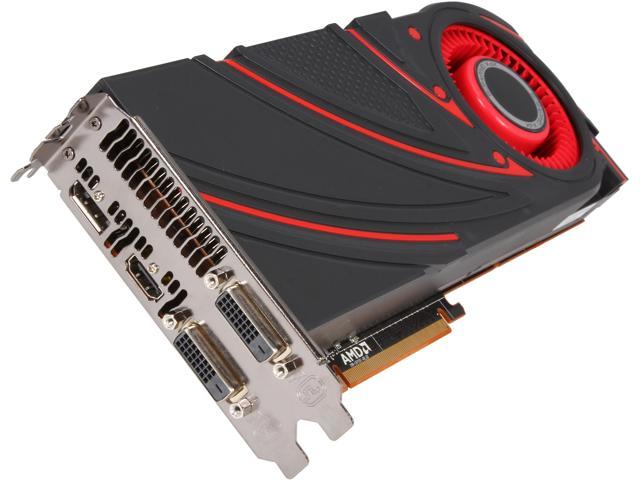

We doubt AMD really wanted to price the 290 this low though, unfortunately for them (and fortunately for all of us) Nvidia got rather aggressive on the pricing of its competing cards with the GTX 780 dropping below the £400 mark for the first time. If it hadn't done that then the retailers would still be sitting on a lot of unwanted, expensive graphics cards. We can see why AMD was so keen to take pre-orders – without giving out pricing – for the 290X and then delayed the release of the 290. It's over £100 more expensive than this straight R9 290 and offers barely any extra performance, but a hell of a lot more noise in exchange for your cash. This all adds up to make the R9 290X, which we originally got so excited about, almost entirely irrelevant.
#R9 290X DIRECTX 12 PC#
So the 290 is still knocking around 93✬ and we still think that's a little too hot for one component to be hitting inside the confines of your little PC case. It's a touch cooler too, but we're only talking about a drop of a couple degrees only. AMD has done this by limiting the maximum fan speed the card will hit at its stock settings to 47%.Įven though the 290X is only a little higher at 55% in its 'Über' mode the difference it makes is most definitely audible. The R9 290 has been tweaked ever so slightly to stop it sounding like such a roaring jet engine when you're pushing the GPU to its limits. You might well be able to hear the difference between the two rigs though. And even then general fluctuations in FPS would probably still mask the slight performance lead the 'X' offers. Even if they were running side-by-side you'd need to have FRAPS running a frame rate counter up in the corner of the screens to give you any chance of seeing the difference. In essence then you'd be hard pushed to see the difference between a gaming rig running the R9 290X and one running the straight 290. There's not even really any boost in the minimum frame rates the two cards achieve either, so the extra 'X' isn't even going to deliver a smoother gaming experience. Elsewhere there's barely a couple frames per second between them on average.

That's the only place where there is a real tangible difference in gaming performance between these top two graphics cards from AMD. It's solely GRID 2 where the 290X actually breaks into double figures when we're calculating the performance lead over the standard 290 and even then it's coming in at just under 12% faster. So what's the performance like? Essentially what we're looking at is around the same sort of speeds as the R9 290X in 'Quiet' mode and that means it's only around 8% slower than AMD's top card running at its hottest and loudest.

#R9 290X DIRECTX 12 1080P#
GeForce GTX 780 - 23(13) DirectX 11 1080p performance Metro: Last Light - FPS: higher is better Total War: Rome II - FPS: higher is better GeForce GTX 780 - 33.2 (16) DirectX 11 gaming performanceīioshock Infinite - FPS: higher is betterĬompany of Heroes 2 - FPS: higher is better It's not such good news for Nvidia in the real-world gaming benchmarks however, with the Radeon cards showing their dominance almost across the board. That's born out by the higher performance of the Titan in the Heaven 4.0 synthetic benchmark. Nvidia has been keen to point out that the GK110 GPU at the heart of its top end of graphics cards has the most raw GPU performance of all the enthusiast-class cards around right now. AMD has taken its time putting together a genuinely powerful iteration of its graphics architecture, but it looks like the wait might well have been worth it for the red side of the graphics divide.


 0 kommentar(er)
0 kommentar(er)
